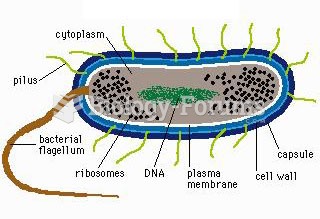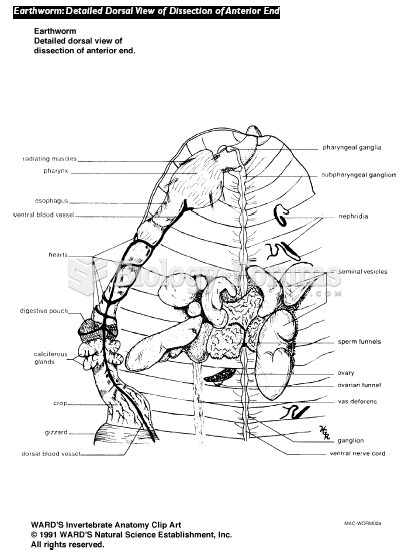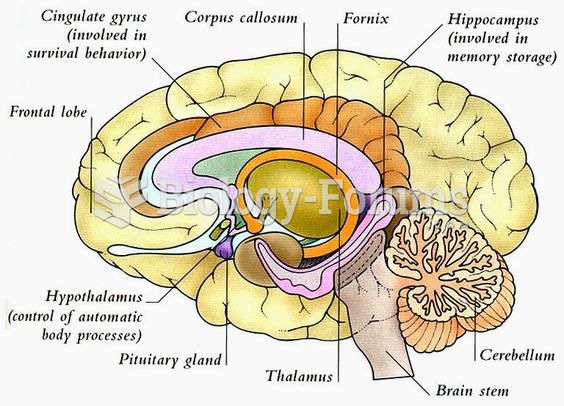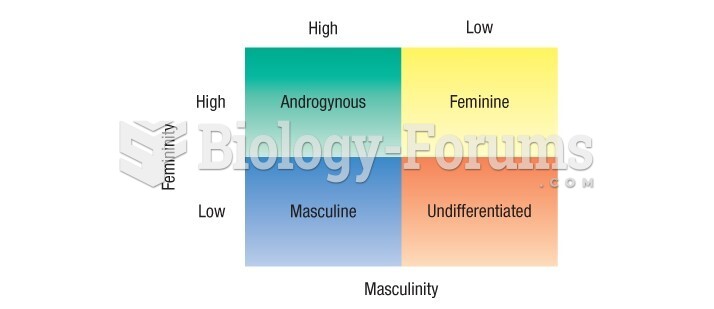This topic contains a solution. Click here to go to the answer
|
|
|
Did you know?
Inotropic therapy does not have a role in the treatment of most heart failure patients. These drugs can make patients feel and function better but usually do not lengthen the predicted length of their lives.
Did you know?
Medication errors are three times higher among children and infants than with adults.
Did you know?
Serum cholesterol testing in adults is recommended every 1 to 5 years. People with diabetes and a family history of high cholesterol should be tested even more frequently.
Did you know?
The familiar sounds of your heart are made by the heart's valves as they open and close.
Did you know?
The most common treatment options for addiction include psychotherapy, support groups, and individual counseling.







